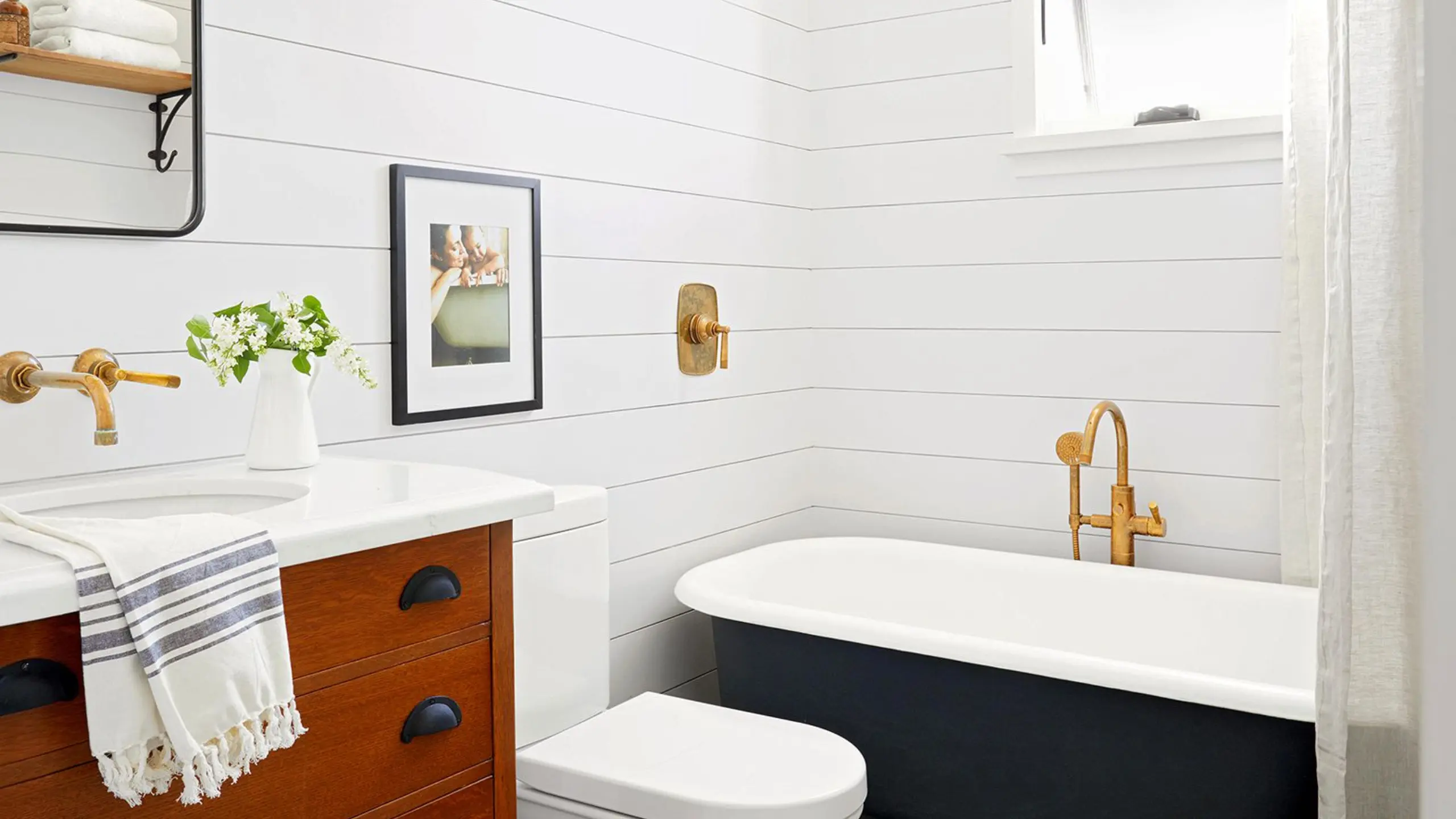Do you want to turn your bathtub into a shower? It may be a terrific home improvement project that improves your bathroom’s convenience, aesthetics, and practicality. Converting a tub to a shower is a popular option for homeowners who want to modernize their bathrooms, make them more accessible, or simply optimize their bathroom arrangement. In this post, we’ll walk you through the key elements to think about before starting on a tub-to-shower conversion. We handle everything from planning and design to the actual parts of the installation procedure. In this section, we will discuss the growing trend of Convert Your Tub into a Shower and the benefits they offer. We will also provide a brief overview of the key considerations involved in this process.
2. Assessing Your Needs and Requirements
It is critical to examine your needs and requirements before beginning the conversion process. Consider the regularity with which the tub is used, the preferences of family members, and any mobility concerns that need to be addressed.
3. Planning the Design and Layout
It is critical to plan the style and arrangement of your new shower. Determine the best placement for the shower, assess the available space, and consider factors such as entrance possibilities, storage solutions, and aesthetic characteristics that complement the overall design of your bathroom.
4. Evaluating Plumbing and Structural Considerations
Converting a tub to a shower necessitates an examination of your bathroom’s current plumbing and structural features. Adjustments may be required to fit the new shower fixtures and guarantee correct water drainage.
5. Selecting the Right Shower Enclosure
The right shower enclosure is essential for a successful tub-to-shower conversion. Think about things like available space, design preferences, and accessibility needs. Shower curtains are a practical and cost-effective alternative to elegant frameless glass enclosures.
6. Choosing the Appropriate Shower Fixtures
Choosing the appropriate shower fixtures is a vital part of the conversion process. Explore the many choices available, from showerheads and valves to handheld sprayers and body jets, and choose fixtures that improve your showering experience.
7. Flooring and Drainage Considerations
When converting a tub to a shower, it’s critical to consider flooring and drainage. Make sure the floor is suitably slanted to enable water to flow towards the drain and use water-resistant and slip-resistant materials for a safe and long-lasting shower floor.
8. Waterproofing and Moisture Control
Water damage and mold development may be avoided with proper waterproofing and moisture management. Learn about the many waterproofing techniques and materials available, and make sure your shower enclosure is correctly sealed to keep moisture out of your bathroom.
9. Ventilation and Mold Prevention
Adequate ventilation is required to have a healthy and mold-free washroom. Investigate various ventilation alternatives, such as exhaust fans and windows, to guarantee appropriate circulation and reduce moisture accumulation in your newly converted shower room.
10. Lighting and Electrical Considerations
Lighting is critical in creating a welcoming and practical bathroom environment. Consider the positioning of light fixtures, switches, and outlets while keeping safety and the overall appearance of your bathroom in mind.
11. Permits and Building Codes
It’s critical to understand local construction laws and secure any required permissions before beginning your tub-to-shower conversion. Regulation compliance guarantees a safe and legally compliant project.
12. Budgeting and Hiring Professionals
It is critical to budget for your tub-to-shower conversion. Consider the expenses of supplies, fixtures, labor, and any expert services you may need. Based on your budget and ability level, decide whether to hire a professional contractor or do it yourself.
13. DIY vs. Professional Installation
In this part, we’ll go through the advantages and disadvantages of doing it yourself vs hiring a professional for your tub-to-shower conversion. When making this option, consider your degree of knowledge, time availability, and the project’s complexity.
14. Maintenance and Cleaning
Following the completion of your tub-to-shower conversion, appropriate maintenance and cleaning are required to ensure long-term durability and operation. Learn about the suggested cleaning procedures and maintenance practices for your new shower.
15. Conclusion
Finally, changing your tub into a shower may be a dramatic home improvement project that increases the value and utility of your bathroom. You may assure a successful and happy tub-to-shower conversion by following the factors indicated in this article.

